What sales letter lessons could you learn from The Robert Collier Letter Book and apply in your content?
"...a basic education in valid advertising principles."
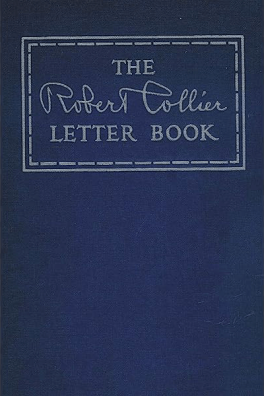
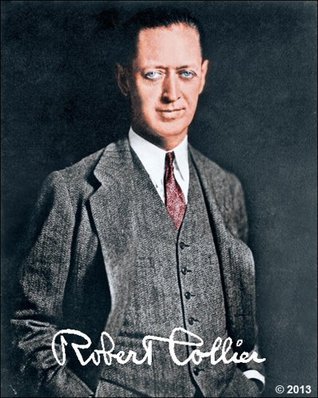
Note: for the analysis and measurement of the previous post Content Inc click here
6 Ways To Sell Using Human Nature
Robert claimed that once we got an understanding of what drives people( A.K.A. Human Nature), we could sell anything.
Whether that be over 30 volumes of books in one go or a high cost coat.
But first who was he to give us such advice?
Who Was Robert Collier?
Mail Order Salesman
Robert Collier worked for a great variety of companies in helping them sell goods through mass letters in his lifespan of 75 years (1885 – 1950) during the years when mail-order was booming .
Including books, apparel, magazines and you name it.
And A Salesman With Results At That!
Among his many achievements was taking part in increasing the gross sales of his company from $2 million to $6 million in 3 years. (Roughly $40 million to $120 million in today´s dollars).
I don’t know how about you, but he seems to me like someone who knows what he’s saying on the subject of sales letters.
A Teacher of a Legendary Copywriter
That is even without taking into account that Gary Halbert (Often referred to as “A legendary copywriter” across the web) named this book as one of his 9 Book Essentials to Become a “World-class copywriter”
So let’s dig into 6 of the essentials that were used by Robert in many of his letters.
1. Scarcity
There are quite a few similarities between what Robert Collier says here and Robert B. Cialdini says in his bestselling book Influence where he names this principle “Scarcity”.
Both Roberts show us that it is essential to have some sort of limited quantity or limited time in your offer, to increase the likelihood of the audience taking action.
How Scarcity Contributed My Lifes Costliest Purchase
For example, I recently made the costliest purchase of my life. (Apart for rent)
A bike that cost me ~$1,000
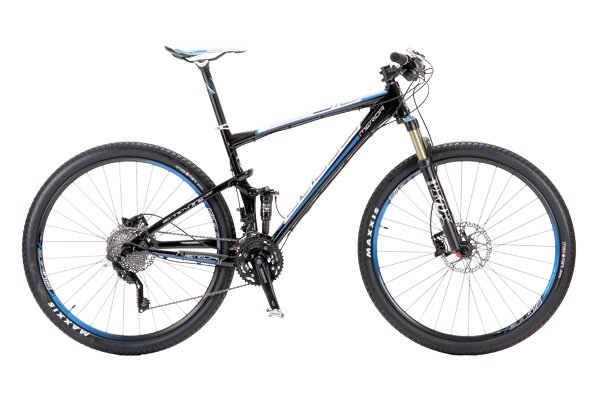
I have eventually pulled the trigger after a few months of pondering in part because I knew that every day that I don’t act:
1. I’ll continue getting injured.
2. This bike may be bought by someone else.
What Is Your Audience Losing By Delaying?
What is the damage that is being done every minute that your audience keeps thinking instead of acting?
Is it just the plain indecision, which inherently burns their time and keeps their condition the same?
Is it some health damage? Boredom? Time wasted?
Could it be that you have a limited amount of something? Or perhaps that the price is going up after a limited time?
Selling This Summary Using Scarcity
If you had an experienced marketing pro standing next to you, watching your every move, and giving you advice, don´t you think you would get more viewers, more subscribers, more sales?
When Robert Collier left one mail-order company, his substitutes failed to test a letter before sending it to their whole list, and got the company into serious losses, so much so that they begged Collier to come back and help.
If they had Robert to remind them to test, they could have avoided a whole lost year of efforts!
Do you think that you could avoid great losses if you learn from the experience of advertising giants such as Robert Collier?
If so, don´t delay! Check out the ” RCLB* ” summary now, for every day that you don´t, you may be prone to losing viewers, subscribers and money!
2. Commitment and Consistency
In most of his letters, if not all, Robert Collier includes a variation of free trial.
(Take the _______ item now and return if you don’t like it)
He does it because he knows that once we try something, we are very likely to get emotionally attached to it. And then, will logically begin justifying it’s purchase, therefor becoming a lot more likely to buy it.
How One Taste Got Me Eating From Dumps
The One Taste
About 1.5 years ago, when I just started working as a bike courier, I stopped at one of the restaurants to take an order and they offered me a bunch of “Potato balls” for free, so I took, and ate them.
Note: Those were just the guys working there, not the owner or something, so it had no scheme behind it I believe.
In those days, I hadn’t eaten anything out of the house for quite a while, and food was my go-to short term indulgence (Still is, but that’s another story).
Looking for More Tastes in -Good Condition-
This started me on a streak of looking for food tastes in every food place I visited.
And as it is said – he who looks shall find.
In the busy metropolis of Tel – Aviv I started noticing that there were BOATLOADS of foods left on the street, often in quite good condition. Some left-overs of pastries for example which just passed a day or two in the store and were perfectly fine to eat, but they just throw it away to get fresher ones.
In other cases, people who order sandwiches for a group trip for example and have leftovers.
And still at a third, people leaving food at benches for the poor. And on and on…
An -Opportunity- To Eat -Prohibited- Foods
And so it became a constant “hunt” for the next “surprising” food.
With the “benefit” that I could say to myself that “I wasn’t sure if it had sugar or cheese” in many cases, which I normally didn’t consume on purpose and still do not.
Thus giving myself an excuse to eat all sorts of novel foods.
It is Chewed? No Worryz
After some time of doing that I was craving this “surprise” so much that I didn’t just eat those well conditioned foods, but also just some foods that people didn’t finish, I just took off the bitten area of some sandwich for example and ate the rest.
In the trash? So What? It is Wrapped Up
Which eventually slid down into even looking at full garbage cans and seeing if there’s some food that looks fine in there. And for days, weeks and months, on and on it went.
Back to Today and Lesson Learned
Today I haven’t touched foods that I didn’t buy for 357 days. Yes, I have a day-count.
But just look and see, how this small, harmless looking, and with no ill-intention deed, brought me to a complete rolling downhill.
Don’t under-estimate the power of the human mind to adopt an Idea and run with it like a snowball running downhill.
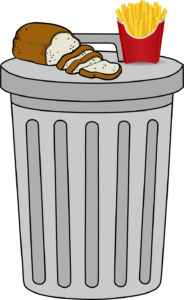
How Will You Leverage This Momentum Positively?
How can you give your audience:
A small taste of your content to show them how great it is? (In this case to start positive momentum I hope 🙂 )
To consider:
1. Aim for them to watch 1 content piece, which will interest them so much that they want to watch more.
2. Give them a small win after that content piece. For example Pat Flynn has a challenge of 0 to 100 Email Subscribers in 3 days. Though I didn’t try it, but consider if someone goes through it and gets the promise, is he going to end up an advocate of the brand for life or what?
Example: In every content piece, I’ve now been giving you guys ACTIONS TO TAKE. If It proves to be useful, I trust you’ll come back for more!
3. Know The Bait Your Fish Wants
Though probably the most important principle that Robert speaks of is – Just as a fisherman who knows which bait to use to attract his fish, so long as we know what interests our buyers we will be sure to attract sales. (Or in our case views or subscribers)
I Paid a 1000$ to Prevent Organ Damage
I wasn´t really looking for a bike,
I was looking to get rid of my knee and back pains and strong urgency in going to the toilet(Getting my bladder hit), but more than avoiding those symptoms, I wanted to avoid long term damage to my organs.
"People don't want a quarter-inch drill bit. They want a quarter-inch hole"
So, all that was needed was to convince me that it is indeed likely what the bike will provide me, and my likelihood of buying it would skyrocket. That is why I paid 1,000$ for it after a few months of research when I got convinced it will be the one thing that helps most with this.
How Not to Sell Me a Bike
At one store I told the salesman about the bike I was considering and was offered a similar one, made by the same company, also second hand at a few hundred dollars more.
But he didn’t tell me anything about it, just allowed me to look at it.
Then he asked what I thought of it.
I told him that there’s a similar bike that cost 3,500$ when it was new. He said that this one did too.
I wasn’t able to find any information about it on the web, and didn’t trust the salesman’s word for it.
He then tried to indtroduce Scarcity to me straight away by telling me that second-hand items may be bought at any moment, Which made me trust him even less, because it sounded like he wanted to sell me more than help.
If he would have concentrated on telling me how perfect it’s suspension is, and perhaps couple it with even a further discount in comparison to the primary price, I would show more interest, but, this way I dropped it almost instantly.

Application: Care about, and Know Your Buyer
4. Offer a Bargain
We always want the prospect to feel that he’s getting a bargain on the price.
We should tell him why it is worth much more than the money or time he has to part with to get it.
" Seven Points ... showed the buyer that despite the low price, he was getting every feature of a fine shirt. ... For though low price is a lure, it never gets far unless backed by reasonable quality. "
Example: Value 3,200 USD Price 1,100 USD
Even if the bike offer had Scarcity, Commitment and Bait set up correctly, it’s not enough.
I’d still want it to be at a bargain price.
Which in this case, it was. I’ve got a bike in great condition that once cost 3,200$~
and now I got it for only 1,100$~

Why Is Your Offer a Bargain?
How is your reader/viewer going to get much more time or money back than the resources he is putting in?
The Bargain doesn’t necessarily have to be more money, it can also be in a small payment relative to the trouble it solves.
For example: during editing my Fiverr gig which is still in the editing process I wrote:
“How long would it take you to achieve some proficiency at making a voiceover, script and animation video?
100 hours? 200 hours?
Would that be worth 25, 50 or a 100$ to you?”
Yes, I didn’t put that copy to the test yet, but it is the general Idea that counts. The individual results may vary.
5. Create a Vivid Image in the Prospect Mind
Once you have a combination of bait and bargain, it is important not merely to state the facts in a dry way, but elaborate on them in a way that the reader could almost “touch” them.
And the secret of painting such a picture in the reader's mind is to take some familiar figure his mind can readily grasp, add one point of interest here, another there and so on, until you have built a complete word picture of what you have to offer.
Example:
Here´s a part of the description of my whiteboard animation gig on Fiverr which is still in the process of creation:
How much time would it take you to learn to create a video with a script that attracts? A voiceover that sounds well, and animations that just describe what you need and yet, look sleek and stylish?
100 hours? 200? Would those 200 hours be worth 25, 50, or 100$ to you?
If so, that’s what I’m here for.
I didn’t just say that whiteboard animations are more captivating, I broke it down, part by part, building a complete picture doing so.

Application: Build a Base for Your Claims
Whether that be in a description of an about page, or a full-blown costly product sales page.
Could you paint an image in your audience’s mind bit-by-bit?
"It is like building a house. You put up your framework. You add a roof, floor, sides, windows, doors, stairs, until you have your structure complete. You would not start with one side, or the roof. You start with a solid foundation first; then you add to it logically, piece by piece, until you have your finished building."
6. Guess what? Test, test, test.
Robert’s company promised to send a bundle of six stockings, offering to keep one of them if the customer didn’t want to keep all.
The return rate was staggering!
And quickly got the company at a loss of 300,000$ (Today’s $6 mil)
Robert just barely got it reversed.
All that could have been prevented if they wouldn’t have rushed to sell everything, but tested a small amount first.
It would then cost them almost nothing.
That’s why the direct mail advertising is so safe.
It could always be tested before you take on an idea.
Example
Recently, Inspired by Claude Hopkins’ Scientific Advertising – Testing idea and Content Inc. – Finding a more unique “Tilt” idea, I’ve started analyzing the results of each content piece at the end of a blog post, or more recently in a seperate one. In this way I am analyzing the results, so as not to repeat the same mistakes again and again.

Application: How will you Measure Your Results?
What is one way in which you could start tracking your results? And stop repeating mistakes?
P.S. If this blog post seems to have a very small email subscriber amount, I shall consider separating it into 6 blog posts, because as Robert says, we should always be selling only 1 thing at a time. Any more than that and the action drops a lot. let us put this to the TEST 🙂
Related Articles
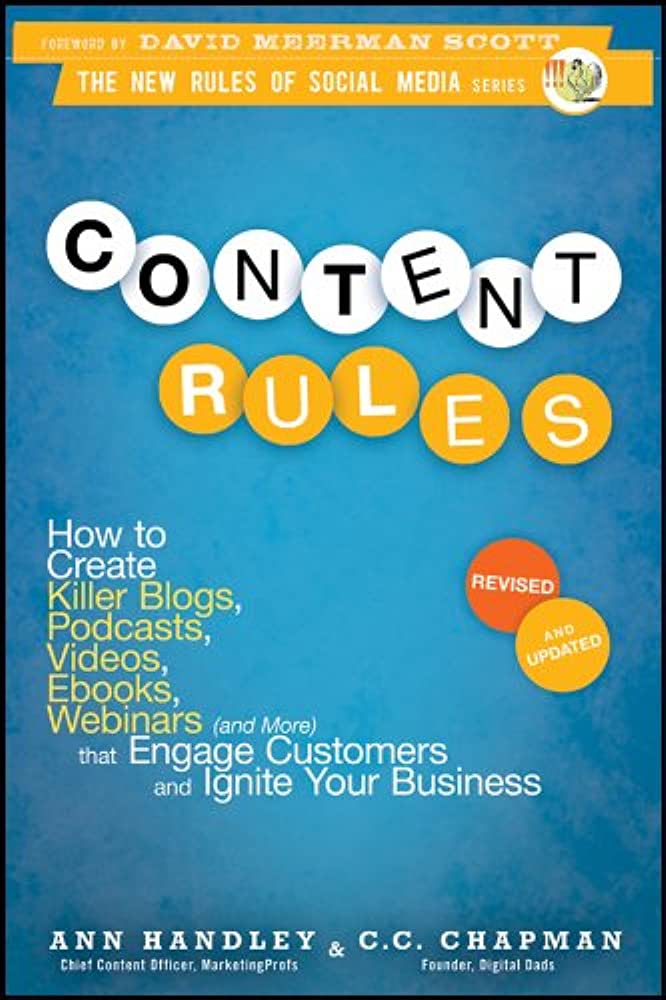
3 Content Rules To APPLY NOW
Here are 3 Content Rules you could ACTUALLY APPLY. With examples! Let´s get to improving your content! Animated Video 1. Have a Clear Success Measure

Youtility Simple Summary and 3 Takeaways (Good Book)
A concise overview of the book that Joe Pulizzi suggests, and 3 Takeaways for Content Creators.Let´s see what Youtility by Jay Baer has to offer.
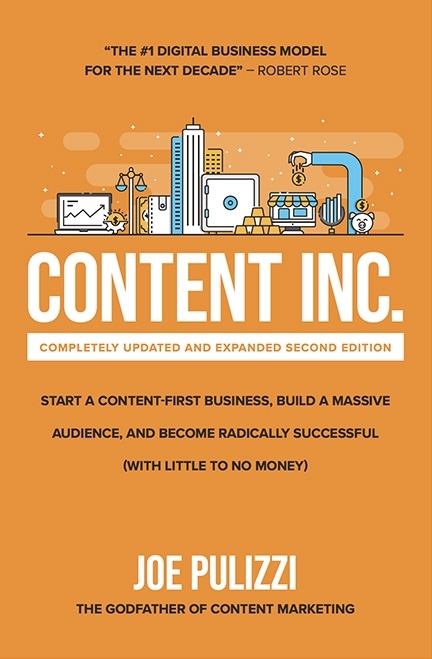
3 Content Inc. Ideas To Apply In Your Content
Finally a book that is just specifically for content creators (Starting without a product). !Disclaimer – The hyperlink of ConvertKit used in the post is